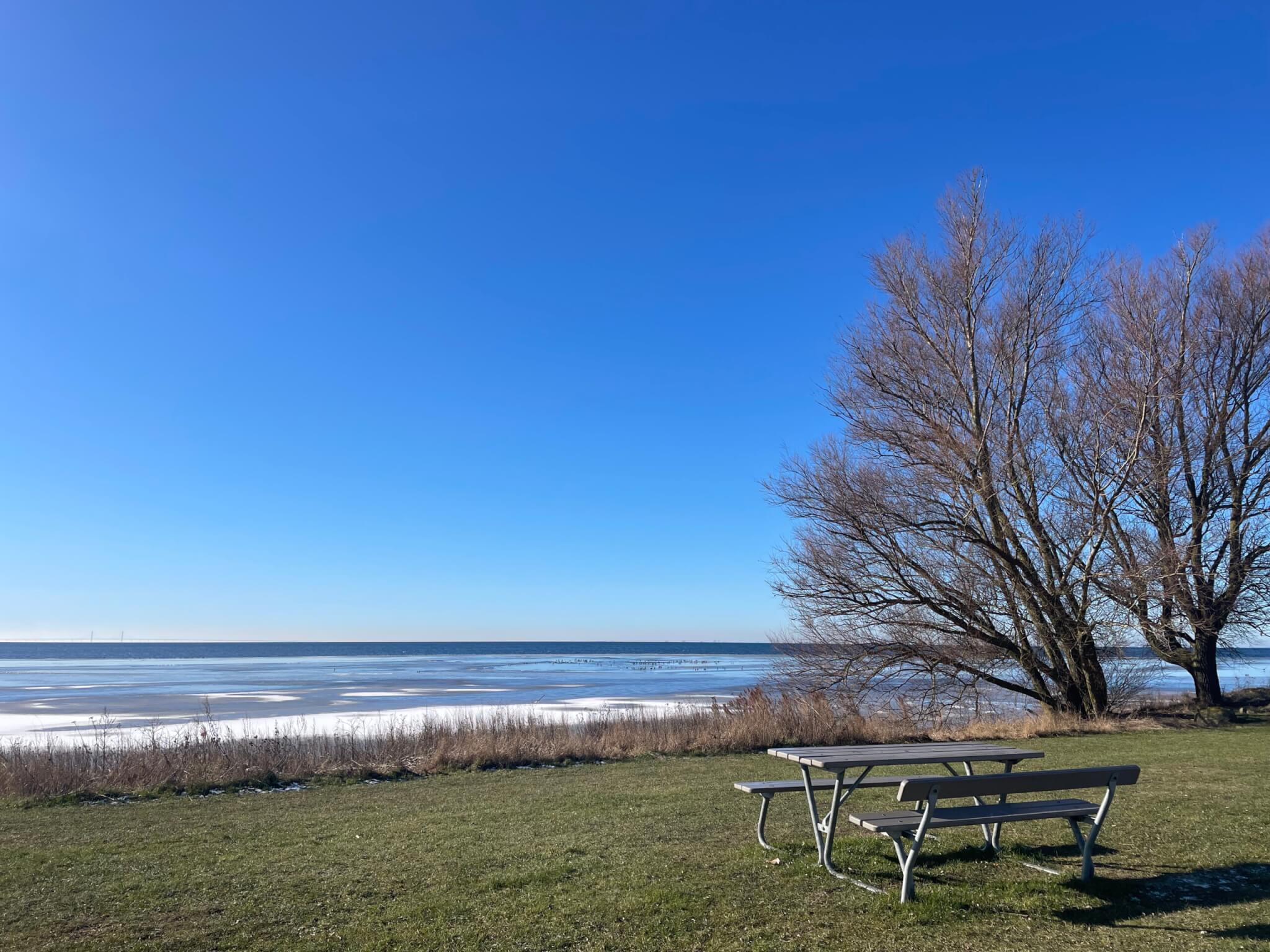
Currently reading To (2025) on “Feedback partnerships: strengthening students’ proactive recipience through co-creating dialogic feedback”
Today I present to you another artefact stemming from my new social media habits (browsing bluesky on the bus to work in the morning, usually finding at least one article that I then read; combined with not posting to Instagram or Facebook any more and instead dumping all my (n)ice pictures directly here on my blog). I have been ice dipping earlier, and now I am reading To (2025) on “feedback partnerships: strengthening students’ proactive recipience through co-creating dialogic feedback”.
In interesting wave watching news, below you see how waves travel around a floating ice sheet. The wind blows more or less from the bottom towards the top of the image, which is the main travel direction of the waves. Except for where the ice sheet stops and suddenly the wave crests get bent around to fill the space that doesn’t have its own wind waves. If you look super carefully on the left, you can see some tiny ripples forming right off the ice, too, but mostly if there are waves, they are the wind waves that are diffracted around the corner of the ice sheet.
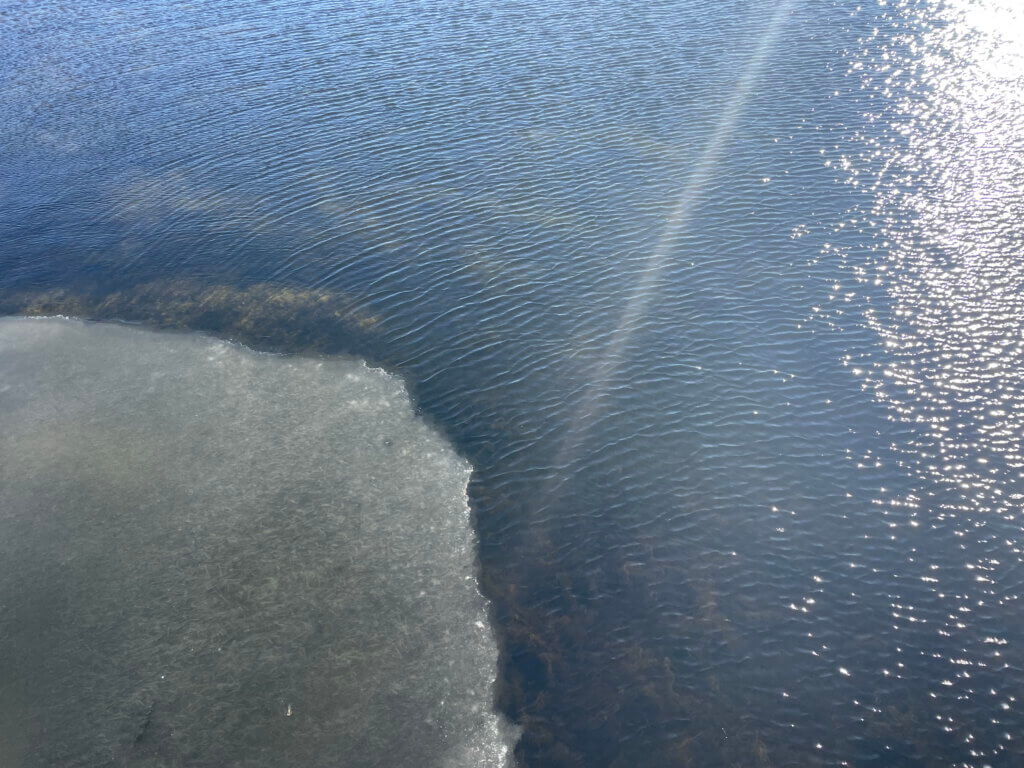
But back to feedback. Classically, teachers decide why, on what, and how to give feedback, and then give it to more or less passive students. But a lot of theoretical frameworks suggest a different approach, where feedback isn’t just dropped down from someone on someone, but is happening in dialogue. For example, Communities of Practice are about collective learning and negotiated meaning in a community where everybody is both learner and teacher. Vygotsky’s Zone of Proximal Development is expanded through dialogue. Critical pedagogy is about empowerment of students. So To sets out to describe a model in which students “proactive recipience”, i.e. their ability to seek, understand, and use feedback, is strengthened. The goal is that students and teachers collaboratively decide what feedback should be give, how it should be interpreted, and what should happen as a consequence of it.
The “feedback partnerships” that To (2025) describe build on dialogue and trust. Dialogue is initiated by students and responsive to what they need and what shared goals students and teachers have. Though initiated by a student and happening within a hierarchy, it is not dominated by either party, but rather is a reciprocal exchange and shared meaning making. This happens guided by three core values: respect, reciprocity, and shared responsibility.
From that, To (2025) describe a model with three phases that can be cycled through (once or repeatedly, or, I would think, ideally continuously):
- feed-up: Priming the students for feedback. That means that students and teachers need to develop a shared understanding of what is to be assessed and how, and to develop goals and what kind of feedback might be helpful on the way there.
- feed-back: Here, teachers and students discuss the “academic judgements” to make sure they both have the same understanding of the feedback.
- feed-forward: Now, teacher and student brainstorm strategies for how to develop further in the future.
This feedback partnership depends on five conditions: Students need to have developed reflection skills and understanding of the assessment standards, the process needs to be scaffolded, the teacher needs to also meaningful engage so students see the point of engaging, the learning environment must feel sufficiently safe to engage, and generally the institutional culture needs to be one of growth and feedback.
Barriers to feedback partnerships include the culture (in the article it is about Asia, but I am thinking that this can also very much be about disciplinary cultures! Even within discipline, there are different expectations of feedback in, for example, a course vs a supervision setting), power hierarchy (both that the teacher isn’t willing to share what they perceive to be their responsibility, and that the students are not willing to take on responsibility for what they think is the teacher’s job), large number of students that make 1-on-1 conversations with the teacher more difficult, lack of feedback literacy, and psychological stress.
For psychological stress, I can recommend ice dipping, and I actually listened to “Stop Stressing about Stress” on “The Happiness Lab” on my walk there (you should go listen, it’s a great episode!). There, they also recommend a 30 second dip of your whole face into ice water to kick-start the mammalian dive reflex to get you out of spiralling! Although I prefer to dip my body rather than my face, but maybe doing just the face is a more feasible option in most situations…
Below, you see how the ice sheet has broken into pieces that are now rubbing against each other, leading to bent-up ice at the edges where they collide. And yes, that’s me on the bridge!
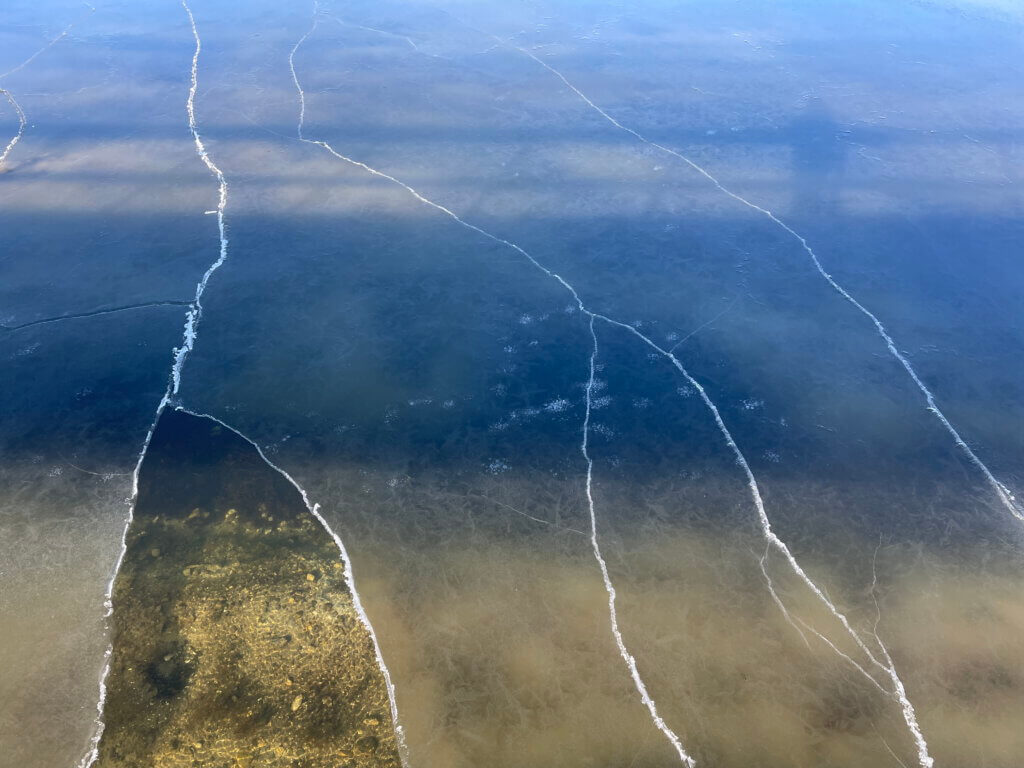
In other exciting wave watching news, I unfortunately didn’t notice that I had focussed on the handrail below and not the waves, but you can still see how there is this area that waves bend towards from both sides. There is an ice sheet floating upwind on the other side of the bridge that dampens out all wind waves, so similarly to what I described further up, wave crests are diffracted around the edges of the ice sheet into the wave-less area downwind of it.
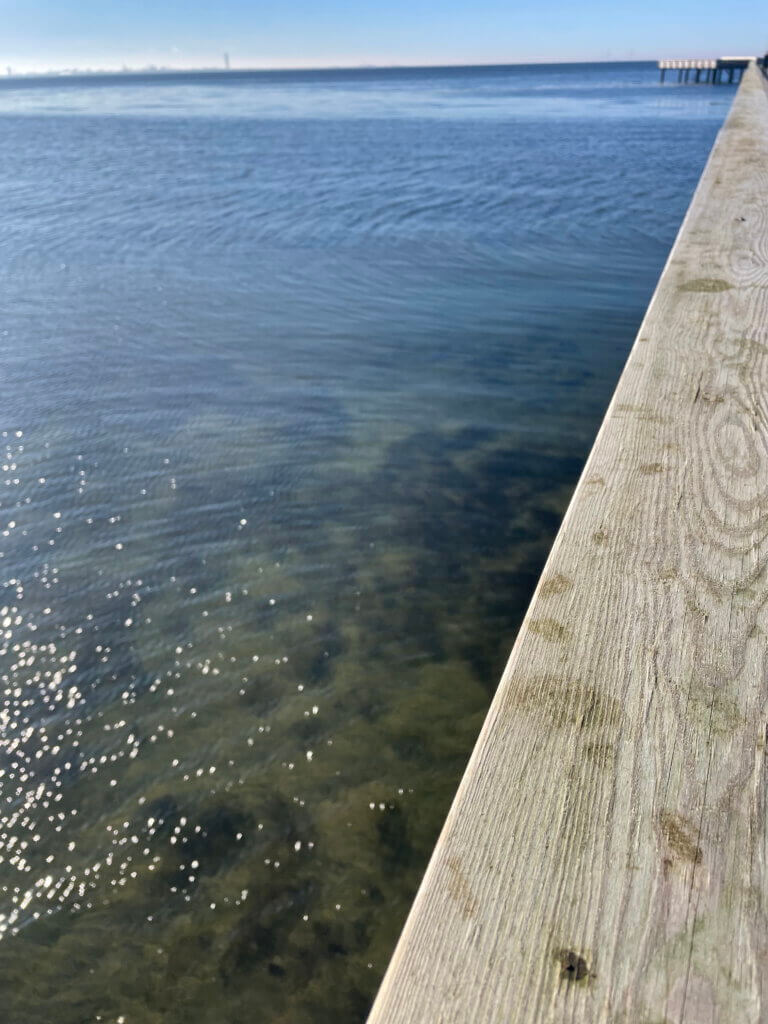
Almost looks like spring if you ignore the ice still floating on the sea… It’s a good day to be outside, so that is where I will go now.
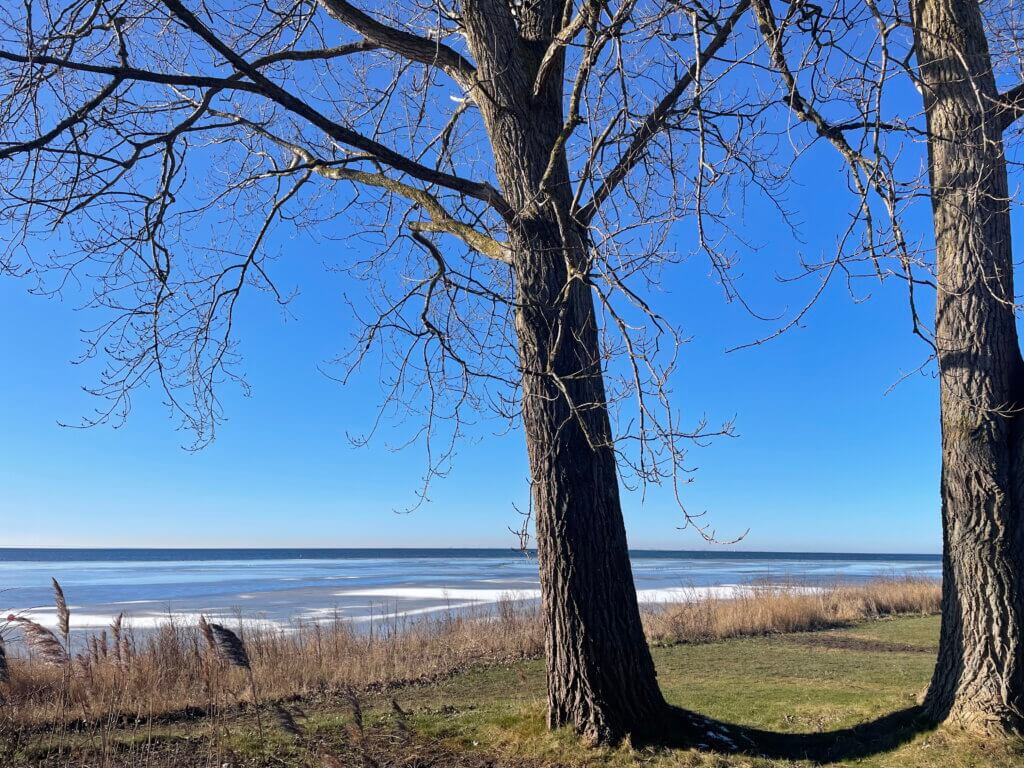
To, J. (2025). Feedback partnerships: strengthening students’ proactive recipience through co-creating dialogic feedback. Higher Education Research & Development, 1–16. https://doi.org/10.1080/07294360.2024.2445570